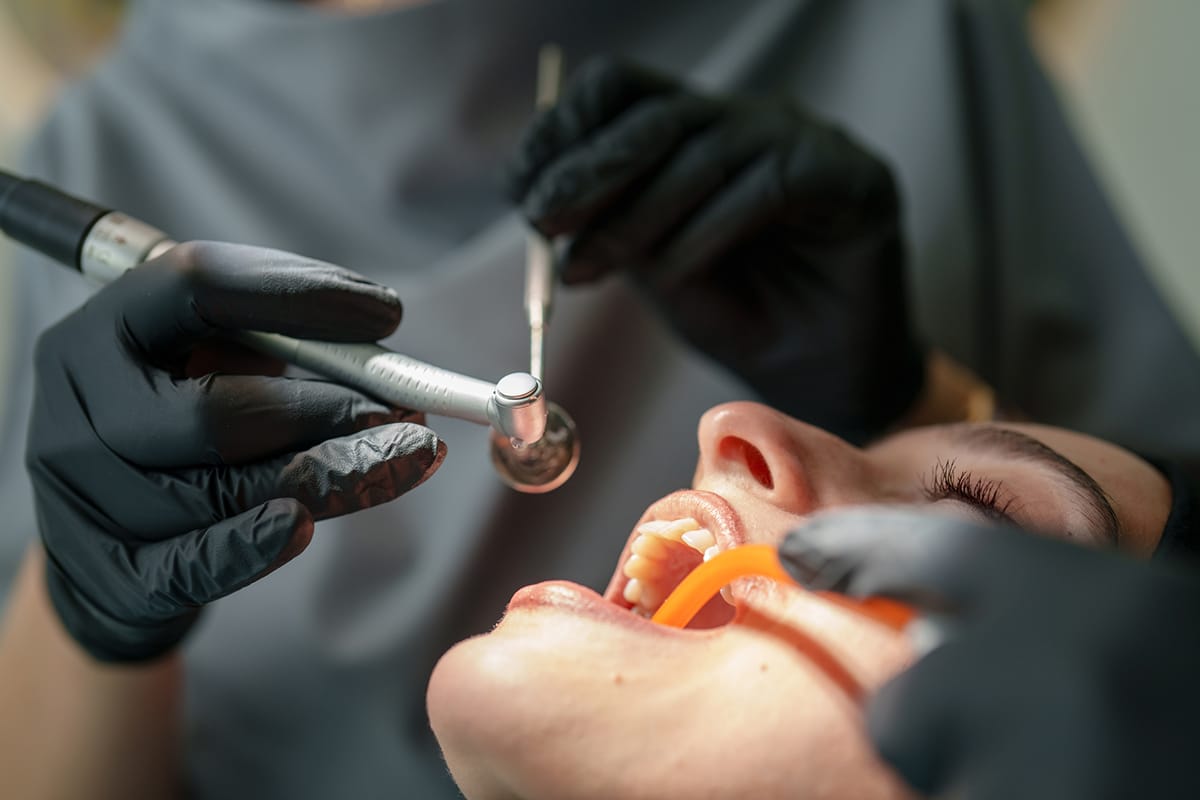
If you've been told you need a root canal, you may feel unsure about what lies ahead. Understanding the process can help ease your concerns and prepare you for a smooth experience. At Towson Endodontics, we specialize in providing expert care with a focus on comfort and patient education. Here's what you can expect before, during, and after your root canal treatment.
What to Expect Before Your Root Canal
Before undergoing a root canal treatment, proper preparation is essential. Your endodontist will start with a thorough consultation to examine your tooth and confirm that a root canal is the right solution. This process typically includes:
- X-rays: High-quality imaging is used to assess the affected tooth and surrounding bone structure.
- Discussion of Symptoms: You'll talk about any pain, sensitivity, or other symptoms you’re experiencing.
- Treatment Planning: Your endodontist will explain what will happen during the procedure, addressing any questions or concerns to ensure you’re comfortable.
It’s important to follow any pre-treatment instructions your provider gives you. For example, they may ask you to eat a normal meal before the procedure if local anesthesia will be used. Additionally, it's good practice to discuss any medications you’re taking or allergies you may have. This will help your care team tailor the treatment to your specific needs.
Remember, this initial preparation is designed to set you up for a successful, stress-free procedure. Rest assured, you're in capable hands when you visit a professional practice like Towson Endodontics.
What Happens During Your Root Canal
The root canal process itself is designed to eliminate pain and restore your tooth. Modern advancements in endodontic care have made this procedure far more comfortable than its reputation might suggest. Here’s a step-by-step breakdown of what happens:
- Numbing the Area: Your endodontist will use local anesthesia to ensure you don’t feel pain during the procedure. You might feel slight pressure, but not discomfort.
- Accessing the Tooth: A small opening is created in the crown of the tooth to reach the damaged or infected pulp inside.
- Cleaning the Canals: Using specialized tools, the infected pulp is removed, and the inner canals are thoroughly cleaned and disinfected.
- Filling the Canals: After cleaning, the empty canals are filled with a biocompatible material called gutta-percha to seal and protect them.
- Sealing the Tooth: Finally, the tooth is sealed to prevent future infection. A temporary filling may be placed until you receive a permanent crown.
The procedure typically requires one or two visits, depending on the complexity of the case. Your endodontist will communicate every step of the process to keep you informed and at ease.
What Happens After Your Root Canal
Post-treatment care is an integral part of the healing process. After your root canal, you may notice mild discomfort as the anesthesia wears off. This is perfectly normal and can typically be managed with over-the-counter pain relievers. Some steps to follow for a smooth recovery include:
- Avoid Chewing on the Treated Tooth: Until your permanent crown is placed, the treated tooth might be vulnerable.
- Maintain Good Hygiene: Continue brushing and flossing as usual, being gentle around the treated area.
- Attend Follow-Up Appointments: Your endodontist will want to ensure the tooth is healing correctly and fit you with a permanent restoration if necessary.
By maintaining regular dental checkups and following your dentist's aftercare instructions, your treated tooth can last a lifetime. If you'd like to learn more about the root canal process, check out this root canal guide from the American Association of Endodontists.
FAQs About Root Canal Treatment
Does a Root Canal Hurt?
Thanks to modern technology and anesthetics, root canal treatments are similar to getting a routine filling in terms of discomfort. Most patients feel immediate relief from pain caused by infection or inflammation once the procedure is complete.
How Do I Know If I Need a Root Canal?
Common signs you may need a root canal include:
- Persistent tooth pain
- Sensitivity to hot or cold
- Swelling or tenderness in the gums near the affected tooth
- Discoloration of the tooth
If you’re experiencing any of these symptoms, it’s important to consult your dentist or endodontist as soon as possible. Early treatment can prevent the issue from worsening.
Start Your Journey to Dental Health with Towson Endodontics
At Towson Endodontics, we’re here to make your treatment experience as comfortable and stress-free as possible. Whether you have questions about the process or you’re ready to schedule your appointment, our team of specialists is here to guide you every step of the way.
At Towson Endodontics, we have decades of expertise in advanced root canal therapy. Our friendly team is committed to providing exceptional care that prioritizes your comfort and well-being. Contact us online today or call us at to schedule an appointment or ask any questions you may have.

